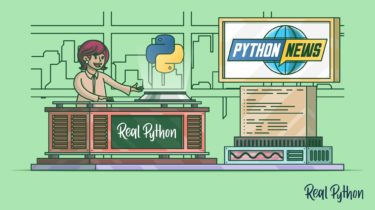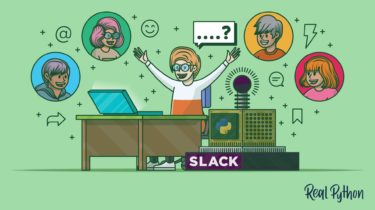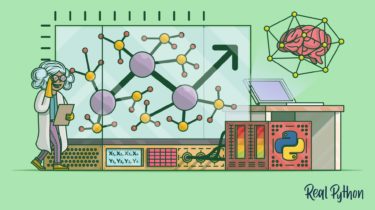Data Cleaning With pandas and NumPy
Data scientists spend a large amount of their time cleaning datasets so that they’re easier to work with. In fact, the 80/20 rule says that the initial steps of obtaining and cleaning data account for 80% of the time spent on any given project. So, if you’re just stepping into this field or planning to step into this field, it’s important to be able to deal with messy data, whether that means missing values, inconsistent formatting, malformed records, or nonsensical […]
Read more



